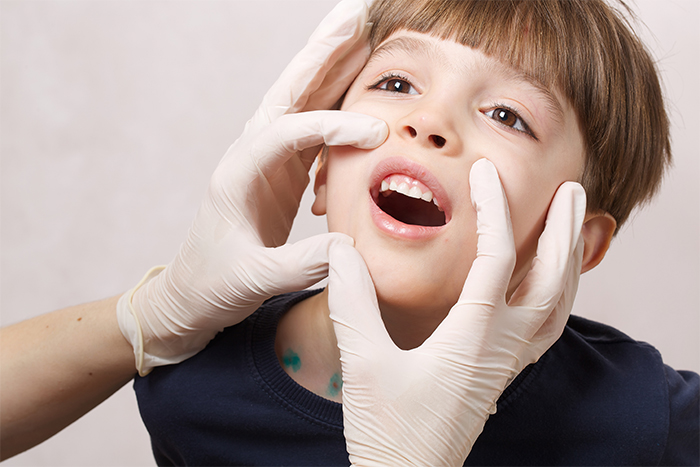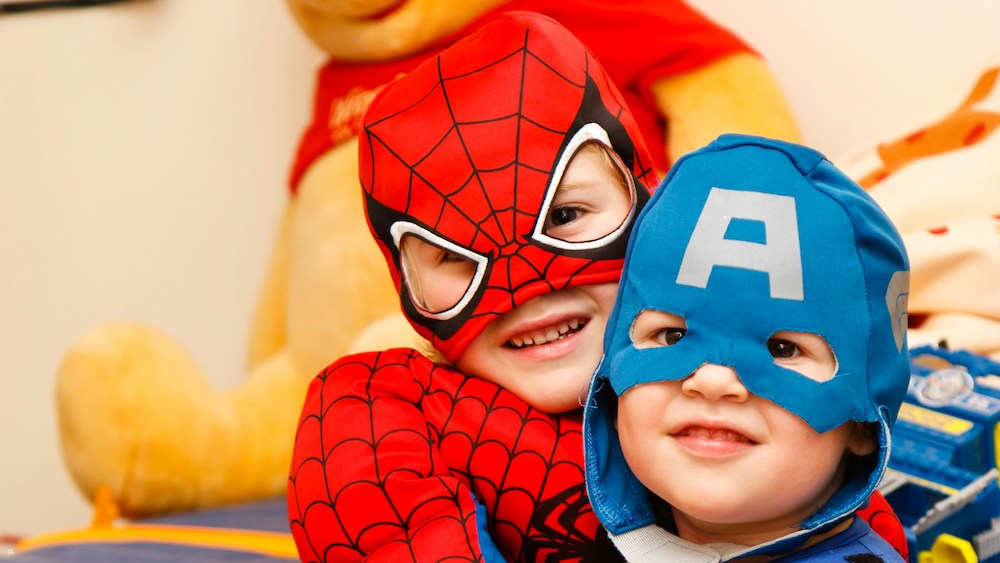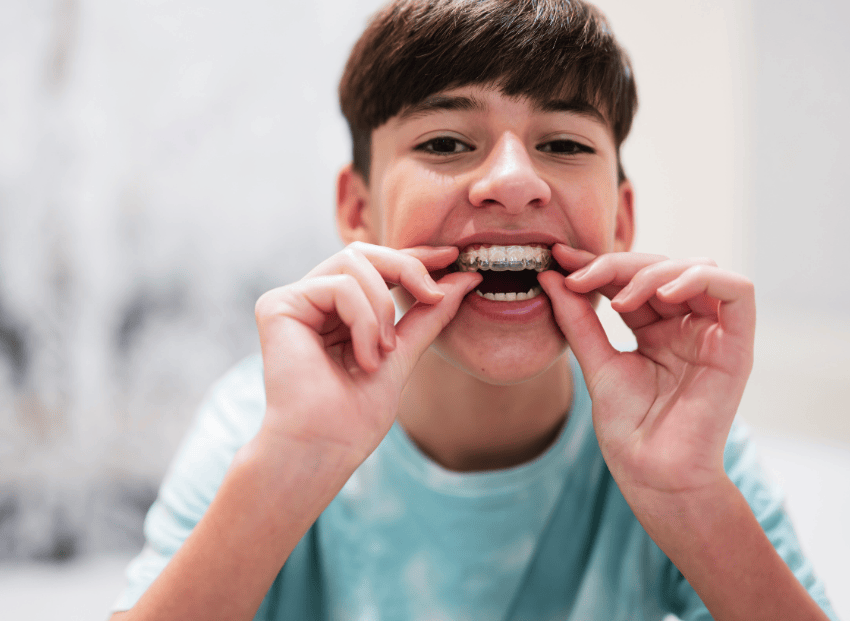The Pool and Your Child’s Smile: How Chlorine Affects Teeth
Summer in King County is a splash-filled adventure! From backyard pools to local swim clubs, kids are spending hours in the water under the warm sun. But did you know that all that swimming could have a surprising impact on your child’s oral health?
While swimming is a fantastic way for children to stay active and have fun, the chlorine in pool water can pose risks to their teeth if precautions aren’t taken. At Kenmore Pediatric Dentistry, we’re here to keep your little ones smiling brightly all summer long — even after hours in the pool!

How Does Chlorine Affect Your Child’s Teeth?
Pools are treated with chlorine to kill bacteria and keep the water clean. While that’s great for hygiene, the high pH of chlorinated water (especially in poorly maintained pools) can harm teeth in several ways:
1. Enamel Erosion
Chlorine can lower the pH of pool water, making it more acidic. Extended exposure to this acidic water can weaken and erode the protective enamel on your child’s teeth. Once enamel is lost, it can’t be replaced — and this can make teeth more sensitive and vulnerable to cavities.2. Swimmer’s Calculus
This condition occurs when chlorine chemically reacts with proteins in saliva. It can lead to brown or yellow tartar deposits on the front teeth, especially in kids who spend over six hours a week in a pool. These stains are cosmetic but difficult to remove with brushing alone.3. Dry Mouth
Chlorine can dry out the mouth and reduce saliva production, which is crucial for washing away bacteria and food particles. Less saliva means higher risk for cavities and gum problems.Tips to Protect Your Child’s Smile This Summer
Keeping your child’s teeth healthy doesn’t mean skipping the pool! With a few smart steps, you can enjoy summer swims without sacrificing oral health.
Rinse After Swimming
Have your child rinse their mouth with fresh water after each swim to remove chlorine residue and balance the pH in their mouth.Schedule Regular Dental Cleanings
Professional cleanings can remove tartar and detect early signs of enamel erosion. It’s especially important during and after summer!Encourage Fluoridated Toothpaste
Brushing twice a day with fluoride toothpaste helps strengthen enamel and fight the effects of chlorine exposure.Drink Plenty of Water
Staying hydrated helps boost saliva flow and neutralizes acids — both important for maintaining a healthy mouth.Watch the Pool’s Maintenance
If your child swims at a public or private pool often, check whether the pool is regularly tested for pH balance. Ideally, the pool water’s pH should be between 7.2 and 7.8.
Book Your Child’s Summer Checkup with Kenmore Pediatric Dentistry!
Whether your little one is a future Olympian swimmer or just loves splashing around with friends, Kenmore Pediatric Dentistry is here to support their dental health every step of the way. Our team specializes in compassionate, expert care tailored just for kids.
Parents in King County, WA — let us help your family keep those summer smiles healthy and bright! Book your child’s dental appointment today and get ahead of any chlorine-related issues before school starts again.
Call us today or use our Request Appointment Form on our website to schedule an appointment today — we can’t wait to see your swimmer’s smile!






































2.png)
